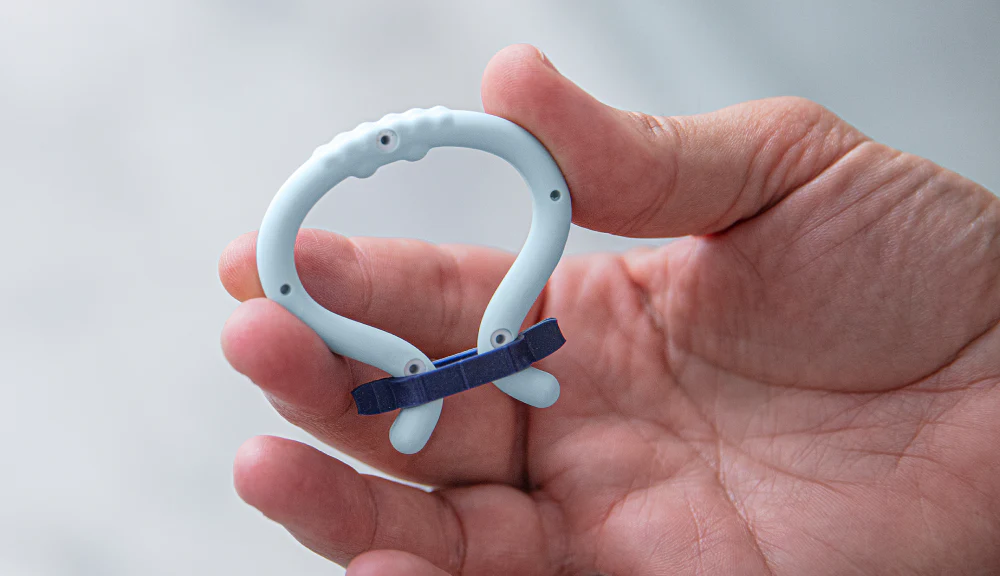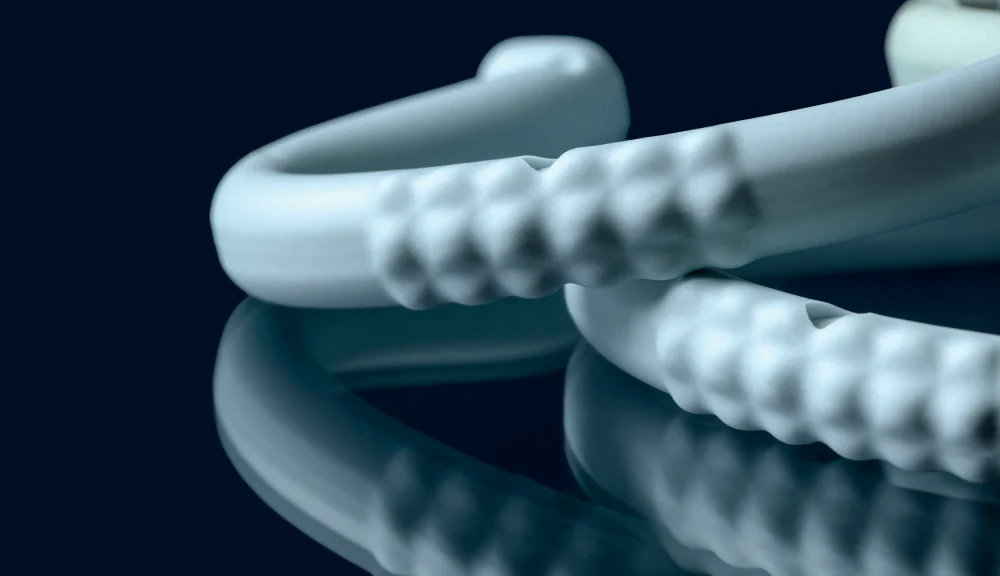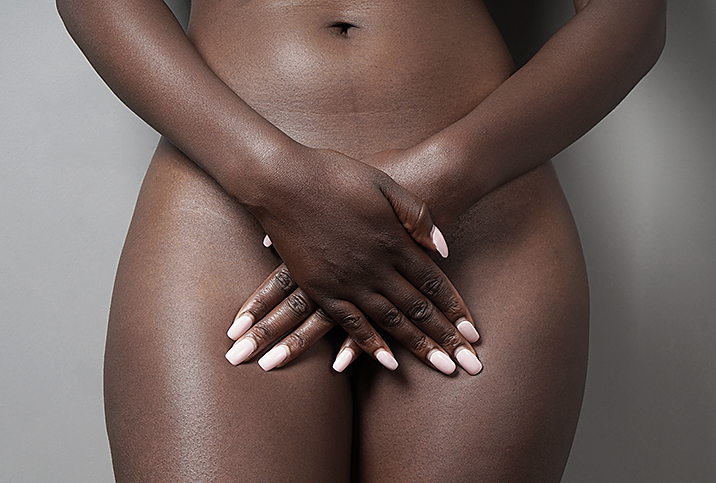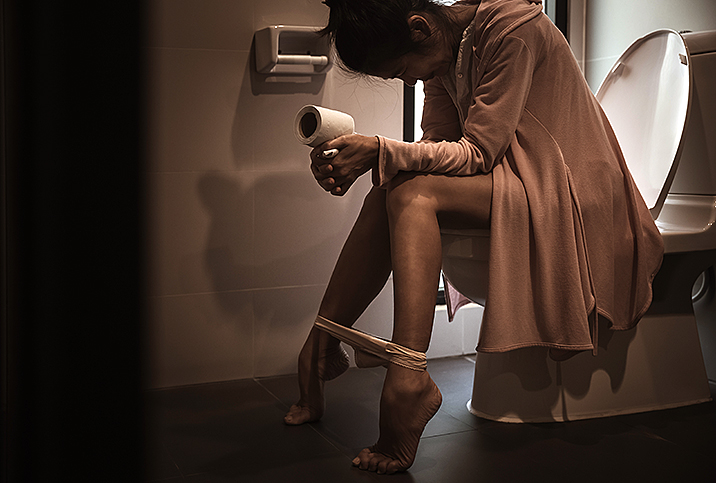Hormonal Treatments for Endometriosis Are Not Always the Answer
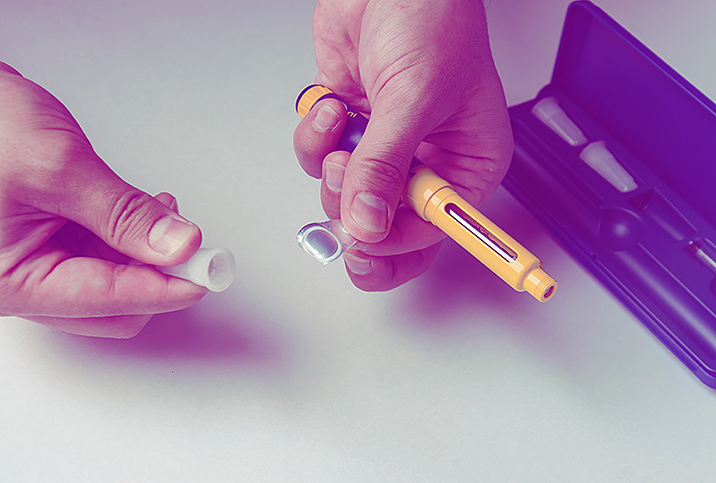
When J was in her 20s, her periods changed. "I started having heavy, painful periods," she said. The severe, stabbing pain would cause her to double over. For the first few days, the bleeding was so heavy she would go through a tampon nearly every hour.
"I couldn't wear just a tampon," she said. "I had to have a pad, too. Sometimes, the tampon would soak through to the pad in less than an hour."
Her periods were long, as well. While some of her friends' periods ended after about five days, J's periods lasted 10 days—and sometimes longer. The first doctor she saw was mystified by her symptoms and recommended birth control pills to help regulate her cycle.
J tried the pill, but experienced other negative side effects. She developed a frustrating skin irritation that felt similar to a yeast infection or bacterial vaginosis. She sought the advice of other gynecologists who assured her the irritation wasn't caused by the pill, yet her condition improved when she stopped taking the medication.
Her pain worsened, however, and occurred even when she wasn't menstruating. She tried an IUD, which prevented her from having periods but didn't alleviate the pain.
Identifying and diagnosing endometriosis
"If a woman came to see me with painful periods, pain with intercourse, or even pain during bowel movements and urination, I would suggest it sounds like endometriosis," said Meenal Misal, M.D., a gynecologic surgeon at the Ohio State University Wexner Medical Center. "It can only be confirmed with a surgical diagnosis."
Endometriosis, sometimes referred to as just "endo," is named for the tissue lining the uterus, called the endometrium. If an element of endometrial tissue begins growing outside the uterus where it doesn't belong, it will respond to monthly hormone changes and cause cramping and bleeding.
Painful periods are not the only symptom; women may experience pain during intercourse, or even when urinating or during a bowel movement.
Endometrial tissue can be found on the outside of the uterus, and also on the ovaries. In rare cases, it may be found elsewhere in the abdomen. Endometrial tissue can also grow into the muscular wall of the uterus, a condition called adenomyosis, which can also cause painful cramping during menstrual periods.
With endometriosis, painful periods are not the only symptom. As Misal said, women may experience pain during intercourse, or even when urinating or during a bowel movement. Abdominal cramping may occur anytime during the month. Left untreated, endometriosis can cause problems in addition to pain, such as difficulties with fertility when women try to become pregnant.
Treating endo with hormones
Before seeking a surgical diagnosis or treatment, patients may try medicinal options, including hormone therapy, typically starting with birth control pills. "Endometrial tissue responds to estrogen," Misal explained. If the pill isn't effective, there are other hormonal treatments that provide women with some relief.
One such treatment is gonadotropin-releasing hormone agonists (GnRH agonists), which is given as an injection. According to Misal, women who receive the injection may experience a temporary flare of uterine pain before the body regulates and suppresses the ovaries. By interrupting ovarian production of estrogen, patients may see some relief from painful cramping.
However, while GnRH agonists can provide temporary relief of cramps—after the initial flare-up—Misal cautioned against extended use of the medication. "Basically, GnRH gives menopause-like symptoms," Misal said. "Women report hot flashes and vaginal dryness, for example."
Extended use can cause bone loss and affect cholesterol. In addition, hormonal treatments like GnRH used to suppress the ovaries are inappropriate for women who are trying to become pregnant.
New hormone medications, such as Orilissa, have recently been introduced to treat pain caused by endometriosis. It is in pill form, rather than an injection, but can produce the same negative side effects, including menopause-like symptoms, such as hot flashes. Prolonged use can also lead to bone loss.
Misal said this medication helps about half of the women who try it, but neither Orilissa nor GnRH agonists should be used long-term (more than a year) because of the side effects. She considers hormonal treatments a temporary bandage that provides a bridge to surgical procedures.
When surgical intervention is recommended
"The surgical solutions depend on the complexity of the disease," Misal said. Laparoscopic procedures (minimally invasive) can remove some of the misplaced endometrial tissue and provide more permanent relief. In more extreme cases, a hysterectomy may be recommended.
However, surgery is considered a last resort in the treatment of endometriosis when other treatment options are ineffective. Unfortunately, there is no cure for endometriosis, and while surgery can alleviate the symptoms of this condition, regrowth can occur.
J opted for surgery after she was diagnosed with fibroid tumors in her uterus. At that point, she had spent more than 15 years trying to determine the source of her pain. J had three fibroid tumors removed through a minimally invasive procedure, and has felt dramatically better since.
Following the surgery, her doctor gave her an additional diagnosis: She'd been living with endometriosis. Previous studies have reported a connection in patients with endometriosis who also develop fibroids, but more research is needed to determine the cause.
J still experiences some cramping, but now feels more in control of her life.
"I like to talk with other women about my experience," she said. "Sure, some things are private, but I know from experience that dealing with issue after issue [with my reproductive system] changes how you see yourself as a woman, a human being, a sexual partner."
J noted that finally being able to understand that other women were experiencing the same issue was a relief. "Talking openly and learning other women have had problems too has helped me," she concluded.











